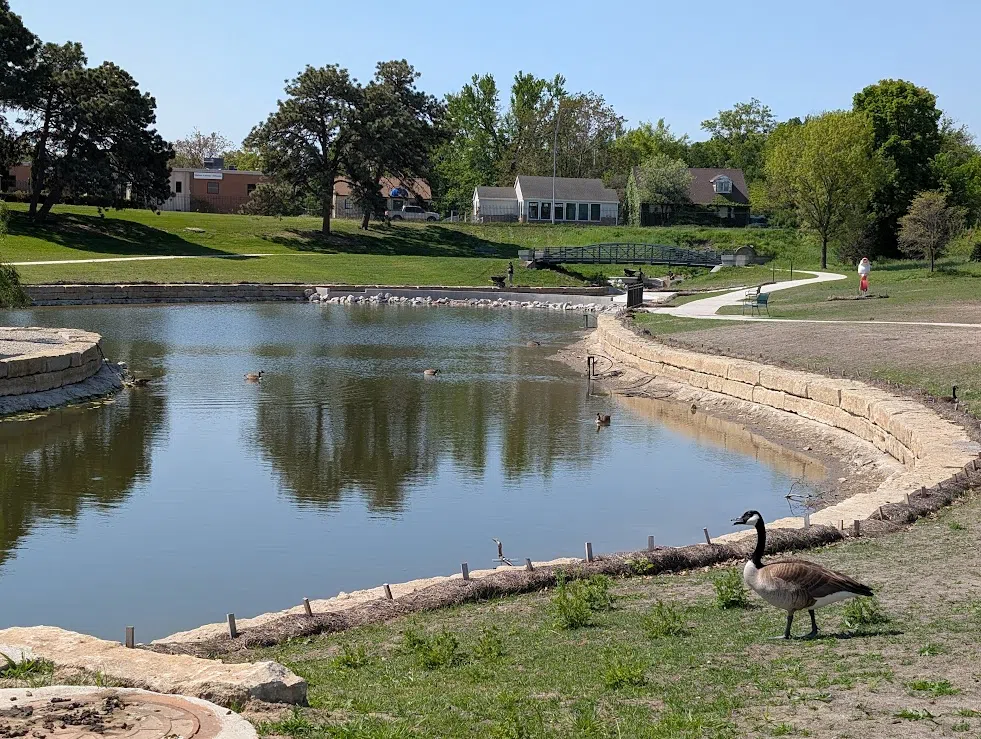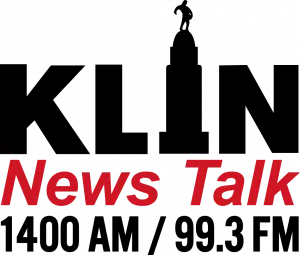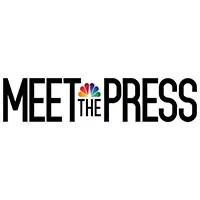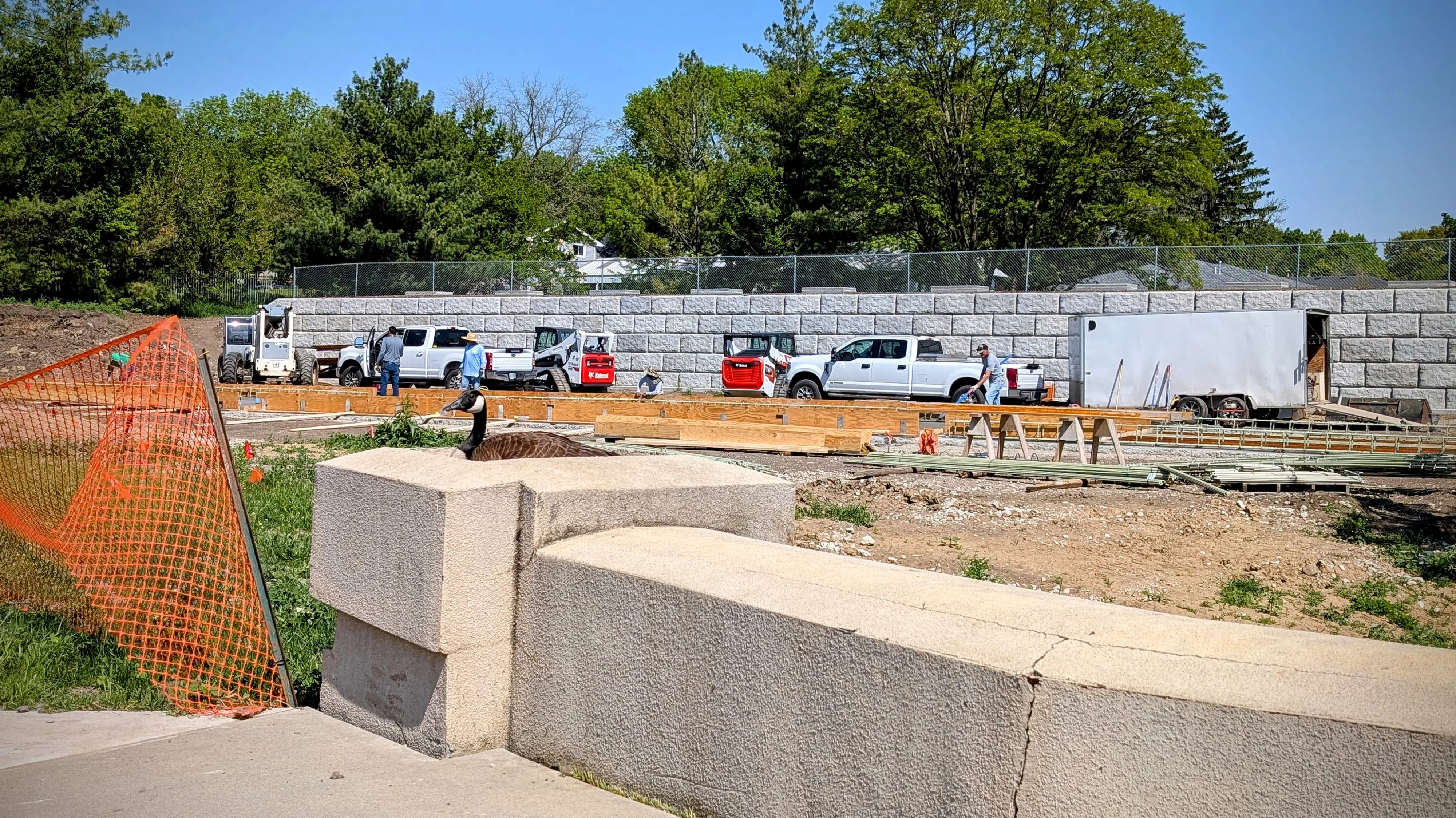We can’t let this mural disappear. This is too important.
— Tim Kenny, member of the Pershing Mural Installation Committee
Two years after a meticulous deconstruction, Wyuka Cemetery began laying the groundwork Thursday to restore the historic mosaic mural that once crested the entrance of Pershing Auditorium in downtown Lincoln.
“A momentous day” years in the making, said Roger Lempke, a member of the Pershing Mural Installation Committee, as he watched workers pour the first concrete for a retaining wall that will support all 763,000 one-inch-by-one-inch tiles of the Pershing Mural. The 38-by-140 foot art piece depicts 38 figures engaged in sports, dance, theater, and circus performances.
If weather is forgiving (it often isn’t), Lempke says reconstruction of the mural is slated to begin this summer, one square foot at a time, with completion expected in the fall.
But first, Mike McCullough, who’s overseeing the construction operation, says crews will pour three concrete panels per week to complete the 10-panel supporting wall.
“It’s all been structurally engineered and stamped by a structural engineer for wind loads,” said McCullough, adding that fiberglass rebar will brace the structure, compensating for normal expansion and contraction. “It’ll be like a giant billboard basically, but it’s all structurally made to be 150 years old.”
Once complete, the mural will rest 6-8 feet off the ground and tower nearly four stories. Seating will be available near the mural to provide the full viewing experience, which wasn’t exactly an option when the mural overlooked Centennial Mall.
“Unfortunately when it was installed at Pershing in the 1950s, you couldn’t get far enough back to really get a good vision of it because there was canopy down below. This won’t be a problem anymore as the mural will be closer to eye level,” McCullough said.
A stage area in front of the mural will mimic an amphitheater and “be really conducive to educators across the Nebraska region, so their classrooms can study the mural,” Liz Shea-McCoy, another member of the Installation Committee, interjected.
While removing the mural took just a month, the comprehensive restoration — also led by McCullough — is a much longer process, currently about 80% complete.
Only about 1-2% of the tiles needed replacement. Fortunately, an awning that once stretched across the base of the old auditorium protected a four-inch strip of tiles, which have since been repurposed to replace roughly 200 damaged pieces.
The mural’s original designers, artists Leonard Thiessen and Bill J. Hammon, used just 15 colors to compose the piece. They also incorporated specially made two-color tiles, fused together to create sharp borders and edges. Due to their rarity, the restoration team emphasized the importance of preserving these unique elements.
“We took the tiles down just in time because they were beginning to delaminate or deconstruct,” said Committee member Tim Kenny. “We’ve been talking to experts all over the United States, and some in Canada, about exterior mosaic installations. There’s two or three different methods that we’re exploring. Fortunately, we have great new materials available to us that weren’t available 70 years ago.”
Reapplying the mural will be a delicate task, Kenny said, where even a misstep as small as a quarter-inch, an eighth-inch, even a sixteenth-inch could throw the alignment off—causing the mosaic’s lines to appear wavy or the entire piece to run off the edge of the concrete frame.

Wyuka Park’s pond, just south of the mural site, finished renovations in October 2024. | May 8, 2025 (Photo: Chase Porter, KLIN News)
Reviving the mural on the north side of the pond in Wyuka Park marks Phase-twp of the cemetery’s broader redevelopment project. Last October, Facilities Director Greg Osborn, who has championed the project since talks began in 2017 among the Wyuka Board of Trustees, said the team still needed to raise about $1.4 million of the project’s total $4.2 million cost.
Now, the team says they’ve narrowed that gap to about $500,000. More philanthropy may be sought to fund the addition of other amenities and cultural installments, particularly a memorial statue honoring the mural’s namesake: World War I General John J. Pershing, who served as professor of military science and tactics at the University of Nebraska–Lincoln in the 1890s and earned his bachelor’s degree from the university’s College of Law.
“We just don’t stop with what we need to do. We add on to what we feel is important. We want to cultivate an understanding of what this project is about,” said Kenny. “Every great piece of art not only connects you to the future, but connects you to the past. This will become something that’s multi-generational.”
The committee hopes to capitalize on fundraising later this month during ‘Give to Lincoln Day‘ on May 29, in which every donation will be matched by a generous donor to Wyuka and the Lincoln Community Foundation.
“This is like graduation day for us,” Kenny said, on behalf of the team. “Since the first day we all sat down in 2021, we said, ‘We can’t let this mural disappear. This is too important.'”
Established in 1869 as a public park, Wyuka Cemetery is listed on the National Register of Historic Places. Originally not within Lincoln city limits, Osborn often quips that Wyuka is the first public park in Lincoln, not Lincoln’s first public park. The cemetery is the final resting place for Civil War soldiers, poets, governors, celebrities, and even Nebraska’s infamous spree killer, Charles Starkweather.
After the mural is complete, Osborn says construction will begin on Phase-three: transforming the green space on the west side of the pond into an area for play and picnics, featuring an all-inclusive playground.
More information on Wyuka can be found at wyuka.com.








